Movies
Latest about Movies
-
-
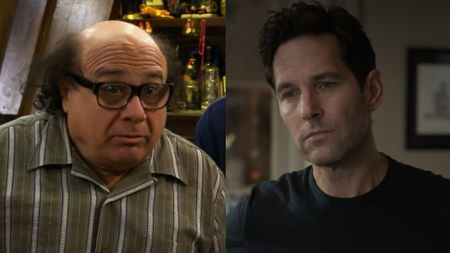
Paul Rudd Took A Cue From Danny DeVito For One Of His Earliest Auditions. It Did Not Go Well
By Emma Lambiaso Published
-

Ben Stiller Talked Tropic Thunder Follow-Up, And I Think His Take On Tom Cruise's Les Grossman Is The Perfect Way In
By Nick Venable Published
-
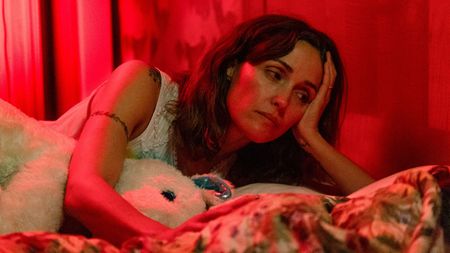
6 Really Out-There Movies And TV Shows I Watched In 2025, And You Should Too
By Erik Swann Published
-

‘I Die In That Movie.' I Did Not Have Seth Rogen And Aziz Ansari Reminiscing About This Is The End To Keanu Reeves On My 2025 Bingo Card
By Hugh Scott Published
-

‘This Joy Only Exists Because She Existed.’ Billie Lourd Pens Emotional Tribute To Carrie Fisher On The Anniversary Of Her Death
By Heidi Venable Published
-

I Used To See To Catch A Predator As Entertainment, But This New Documentary Has Completely Changed That
By Philip Sledge Published
-

‘Guys, You’re About To Become Unemployed’: James Cameron Explains How Avatar: Fire And Ash’s Spicy Tent Scene Came Together
By Erik Swann Published
-
Explore Movies
Box Office
-
-

Avatar: Fire And Ash Rules The Weekend Box Office (Duh), But Questions Linger About The Future
By Eric Eisenberg Published
-

Five Nights At Freddy's 2 Bombs Hard In Its Second Box Office Weekend As Zootopia 2 Returns To The Top Spot
By Eric Eisenberg Published
-

Five Nights At Freddy's 2 Survives Drubbing From Critics And Easily Wins The Weekend Box Office... But It's Not All Good News
By Eric Eisenberg Published
-

Zootopia 2 Surpasses $550 Million Globally, Running Wild At The Box Office Over Thanksgiving Weekend
By Heidi Venable Published
-

Rejoicify! Wicked: For Good Smashes Records At The Weekend Box Office, But It’s Bad News For The Running Man
By Heidi Venable Published
-
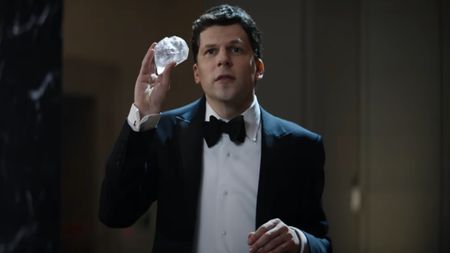
Now You See Me: Now You Don’t Conjures A Win At The Weekend Box Office While The Running Man Lags Behind
By Eric Eisenberg Published
-

Predator: Badlands Is On Its Way To Be The Biggest Predator Movie Ever After Its Awesome Box Office Opening Weekend
By Eric Eisenberg Published
-

Regretting You And Black Phone 2 Battle For The Top Spot At The Box Office During An Extremely Slow Halloween Weekend
By Eric Eisenberg Published
-

Anime Rules The Box Office Again As Chainsaw Man – The Movie: Reze Arc Tears Through The Competition
By Eric Eisenberg Published
-
Features
-
-

Upcoming Book-To-Screen Adaptations: What To Read Before The Movie Or TV Show
By Sarah El-Mahmoud Last updated
-

4 Women Of Color Who Were Snubbed By The 2026 Golden Globe Nominations
By Corey Chichizola Published
-

The Best Free Movies Online And Where To Watch Them
By Jason Wiese Last updated
-
 New Issue
New IssueTurn your world Upside Down with the latest issue of SFX – a Stranger Things Collector Pack
By Ian Berriman Published
-
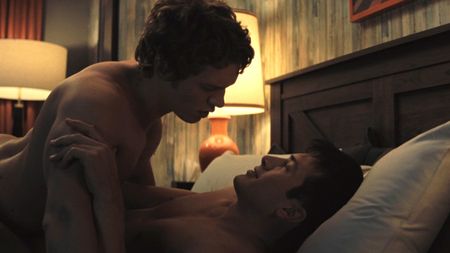
I'm Watching Heated Rivalry, And I'm So Glad There's Finally A Smutty TV Show For Queer Folks
By Corey Chichizola Published
-

Upcoming Video Game Movies And Shows I Can’t Wait To See In 2025 And Beyond – Fallout Season 2, Mortal Kombat II, And More
By Philip Sledge Last updated
-

I Rewatch The Ref Every Year For Christmas. Why More People Need To Have It On Their Holiday Watch List
By Hugh Scott Published
-

I Saw Wicked: For Good With A Group Of Mourning Theater Friends, And It Was Just The Emotional Boost We All Needed
By Corey Chichizola Published
-

Upcoming Horror Movies: All The New Scary Movies Coming Out In 2025 And Beyond
By Sarah El-Mahmoud Last updated
-
More about Movies
-
-

‘Guys, You’re About To Become Unemployed’: James Cameron Explains How Avatar: Fire And Ash’s Spicy Tent Scene Came Together
By Erik Swann Published
-
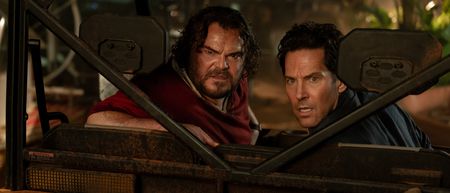
Anaconda Review: This Anaconda? Don't Want None
By Eric Eisenberg Published
-

I’m Surprised That Two Of My Favorite 2025 Movies Were Animated, And There Are Four More That Nearly Made The List
By Heidi Venable Published
-